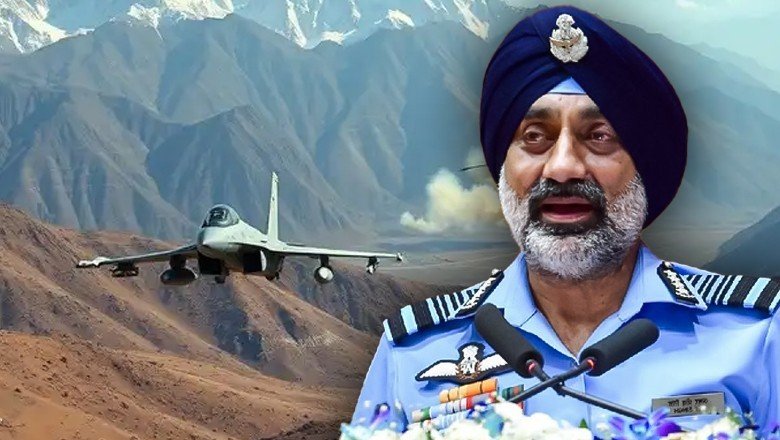Air Force Day Press Conference Highlights
At the annual Air Force Day press conference, Indian Air Force Chief Amar Preet Singh made a striking claim that has once again stirred regional tensions. Singh announced that India downed five Pakistani fighter aircraft, including F-16s and JF-17s, during the May 2025 conflict between the two nations. According to his statement, Indian air defense systems executed a long-range strike and recorded the destruction of the high-tech fighters.
While Singh’s remarks carried confidence, he stopped short of providing visual evidence of the alleged downing. This omission has left room for questions and fueled debate across South Asia, with both domestic and international observers closely analyzing the narrative.
Lack of Evidence Raises Questions
Although the Indian Air Force chief emphasized that advanced systems tracked and confirmed the strike, no photographic or video proof was presented to the media. In the era of real-time monitoring and instant data sharing, the absence of visual confirmation has led many to cast doubts on the claim.
Singh further declined to respond to Pakistan’s counterclaims that its forces successfully downed multiple Indian aircraft during the same conflict. The lack of corroborating details has left analysts debating whether the announcement was intended as a show of strength rather than a fully verifiable account.
Pakistan’s Counterclaims and Global Reactions
On the other side, Pakistani officials have categorically rejected India’s assertions, maintaining that no such losses occurred. Instead, Pakistan reiterated its own account of the May 2025 conflict, insisting that its air defense forces effectively targeted Indian jets.
The conflicting claims have left the international community struggling to distinguish fact from political posturing. Defense analysts note that without third-party verification or independent evidence, both sides’ narratives remain subject to interpretation. Global observers, including think tanks and defense forums, have highlighted the need for transparency to avoid escalating tensions further.
The Legacy of Air Power Rivalry
The latest claims are not isolated but part of a long-standing air power rivalry between India and Pakistan. Both nations have historically leveraged aerial encounters to project military strength and national pride. From past confrontations to recent skirmishes, conflicting reports of aerial victories have frequently defined the discourse, with each side shaping its narrative for domestic and international audiences.
Experts point out that modern conflicts are no longer confined to the battlefield alone but also fought in the information and perception domain. In this context, announcements like Singh’s serve strategic purposes, even when conclusive evidence is absent.
Implications for Regional Stability
The timing and tone of the Air Force Day statement carry significant weight in the region’s already fragile security environment. With India highlighting its air defense capabilities and Pakistan firmly denying losses, the episode underscores how swiftly claims and counterclaims can influence public opinion, defense policy, and international perception.
As questions persist over the credibility of the reported downing of jets, the May 2025 conflict remains a focal point of debate, leaving both nations locked in a familiar cycle of assertion and denial.





